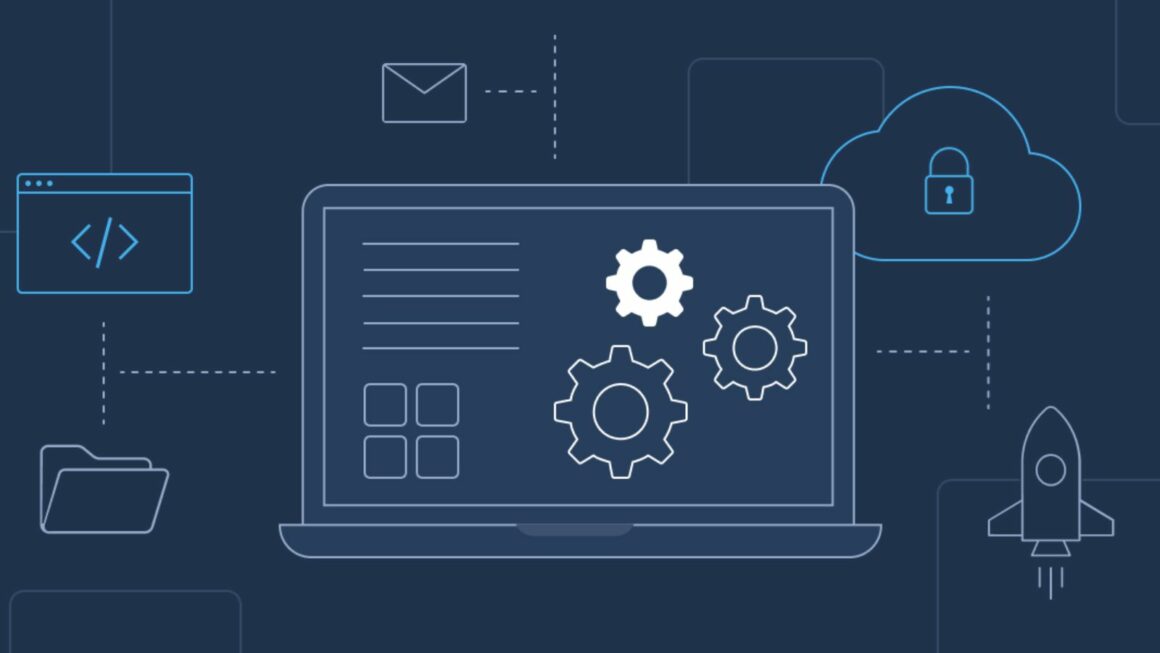In the ever-evolving world of finance, staying ahead means adopting technology that simplifies tasks and boosts efficiency. One such game-changer is finance reporting software. This tool is revolutionizing the way businesses handle their financial data, offering a streamlined approach to complex financial processes.
Finance reporting software is not just a trend; it’s a necessity in today’s fast-paced business environment. From small startups to multinational corporations, organizations are harnessing its power to make informed decisions, reduce errors, and save time. This article explores the ins and outs of finance reporting software, highlighting its benefits and role in shaping the future of financial management.
Finance Reporting Software
Understanding the features of finance reporting software profoundly impacts businesses and financial management. They streamline operations, create efficiency, and contribute to informed decision-making processes. Two prominent features of finance reporting software include the automation of financial processes and comprehensive data integration.
A standout feature of finance reporting software, automatic processing changes how businesses manage their financial tasks. It eliminates the need for manual entries, thus reducing the possibilities of human error. For instance, software like QuickBooks automates invoice generation, bill payments, and payroll calculations. By reducing human intervention, it makes room for consistency, speed, and accuracy in financial reporting.
Comprehensive Data Integration
A critical asset in finance reporting software, comprehensive data integration gathers data from various sources and organizes it into one platform. It’s capable of merging data from different departments, like sales, procurement, and operations, to draw a unified financial picture. An example is Microsoft Power BI, which combines diverse data sources while providing real-time updates. This feature promotes a holistic financial view, essential for effective decision making and financial strategy planning.
Benefits of Implementing Finance Reporting Software
Building on the already discussed significance, capabilities, and key features of finance reporting software, this section fills in the benefits it brings to businesses. Several advantages abound when implementing such software, chiefly among these center on accuracy, consistency, and real-time insights.
Finance departments often grapple with maintaining accuracy and consistency in reports, primarily because of manual tasks. Implementing finance reporting software counters this challenge. The software’s automation capability eliminates the risk of human error, thereby boosting accuracy. For instance, it ensures that financial statements reflect the correct figures and follow standard formats consistently.
Moreover, it eradicates the inconsistency brought about by varying methods of manual data entry. A study reports that 88% of spreadsheets contain errors, deriving largely from manual data input. These errors can lead to significant financial disputes and mistrust. But with finance reporting software, the same method gets applied every time, establishing a consistent process. Thus, accuracy and consistency in financial reporting aren’t just enhanced – they’re virtually guaranteed.
Choosing the Right Finance Reporting Software
Choosing the right finance reporting software proves crucial in optimizing financial operations and decision-making processes. With a myriad of options available in the market, one might find it challenging to select the most suitable solution.
 Important Criteria to Consider
Important Criteria to Consider
When choosing finance reporting software, a variety of factors weigh into the decision. A comprehensive assessment typically includes evaluating criteria such as utility, ease-of-use, customization options, and pricing.
- Utility and Features: Always evaluate the core utilities and features offered by the software. Can it automate tasks, integrate data, and maintain standard formats? A software excelling in these areas, such as integrating with other business applications for seamless data flow and delivering real-time financial insights, significantly enhances management efficiency.
- Ease-of-Use: Does the software provide a user-friendly interface? How steep is the learning curve? Users lean towards software solutions that require less technical expertise yet provide robust functionality.
- Software Customization: Assess the customization options of the software. Check if it can adapt to the unique requirements of a business. Some businesses value software that can tailor reports to specific needs and preferences.
- Pricing: Finally, consider the cost-effectiveness of the software. Aim for a balance between cost and utility. A cost-effective solution brings substantial ROI by streamlining operations and improving overall efficiency.





